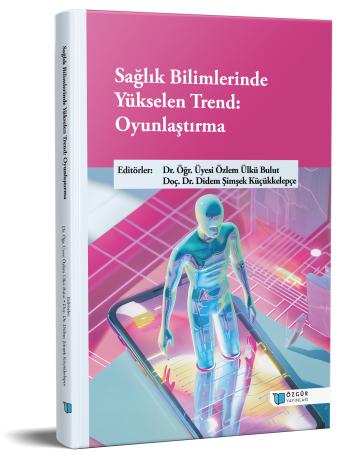
Integrating Gamification into the Rehabilitation of Children with Cerebral Palsy
Chapter from the book:
Bulut,
Ö.
Ü.
&
Şimşek Küçükkelepçe,
D.
(eds.)
2025.
Rising Trend in Health Sciences: Gamification.
Synopsis
Cerebral Palsy (CP) is a neurological condition that impairs motor function, resulting in difficulties with mobility and daily tasks. Conventional rehabilitation methods, including physiotherapy and occupational therapy, are essential in managing CP; yet they frequently encounter challenges concerning patient engagement, motivation, and sustained adherence. Gamification, the incorporation of game design aspects into rehabilitation, has arisen as an innovative approach to improve engagement and therapeutic results. This research examines the impact of gamification in CP rehabilitation, emphasizing its advantages in enhancing motivation, engagement, motor abilities, and cognitive processes. Furthermore, it analyzes technical platforms that facilitate gamified treatments, such as virtual reality (VR), augmented reality (AR), and mobile applications. Notwithstanding its benefits, gamified treatment encounters obstacles like accessibility, cultural attitudes, and the necessity for tailored approaches. Future trajectories in the domain indicate a focus on AI-driven adaptive learning, tele-rehabilitation, and broader applications extending beyond motor rehabilitation. Utilizing gamification, rehabilitation programs for children with CP can enhance interactivity, engagement, and efficacy, thereby enhancing their quality of life and functional autonomy.

